Among many other things, Patti Serrano helped shape the history of bodyboarding by founding the iconic Bodyboarder International Association (BIA).
She is one of the key personalities in the industry, and someone who pushed the sport forward in the early days.
The California entrepreneur created the Bodyboarder International Magazine (BIM) and BIA after what she calls her “Morey Boogie years” (1976-1981).
Serrano sold BIM and BIA and retired from the sport in 1999.
BIA set many future standards. But, above all, it boosted the sport’s popularity by harnessing the interest of young, amateur, and recreational riders.
This is the story of the Bodyboarder International Association, a pivotal organization in the evolution of competitive bodyboarding.
The Costa Mesa-born mastermind takes us down memory lane.
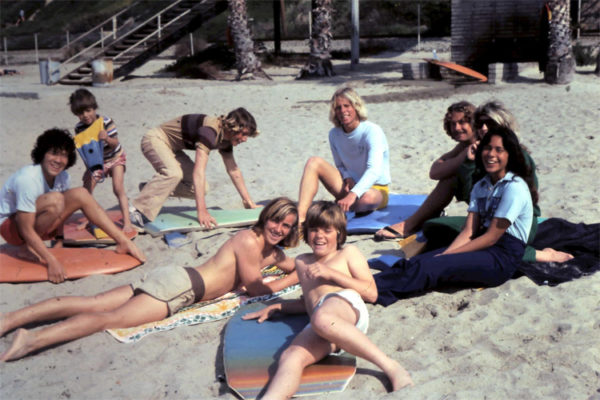
A Passion for Bodyboarding Events
“We were publishing a magazine circa 1993, and I was covering the NSSA. But I wanted to cover up my own events.”
“I had come off of putting on events with Morey Boogie, and JP Patterson called me up and said: ‘you know, we have a whole warehouse full of scaffolding. Do you want it? Because we really don’t know what to do with it.”
“I said: ‘yes, I want it.’ So, I got all the scaffolding.”
“We looked good. I mean, even though we went out on the first events in 1993 with what I called ‘a table in a tent,’ and there were no social media, word-of-mouth was big.”
“Our first event had over 100 contestants, and I just was overwhelmed.”
“I was publishing the magazine and out there on a two-day weekend – I believe it was at Huntington Beach, probably Oceanside – and going into it, I was really tired.
“So I’m up there, the first heat goes out in the water, and we had a couple of things that were different than most contests you enter.”
“One of the biggest features in BIM was postcards with all the little people that would never be in a magazine ever – that was one of its most popular pages.”
“Anyone could be in the magazine – what a concept! And that was what I wanted BIA to be. I wanted BIA to be a little bit different than most events.”
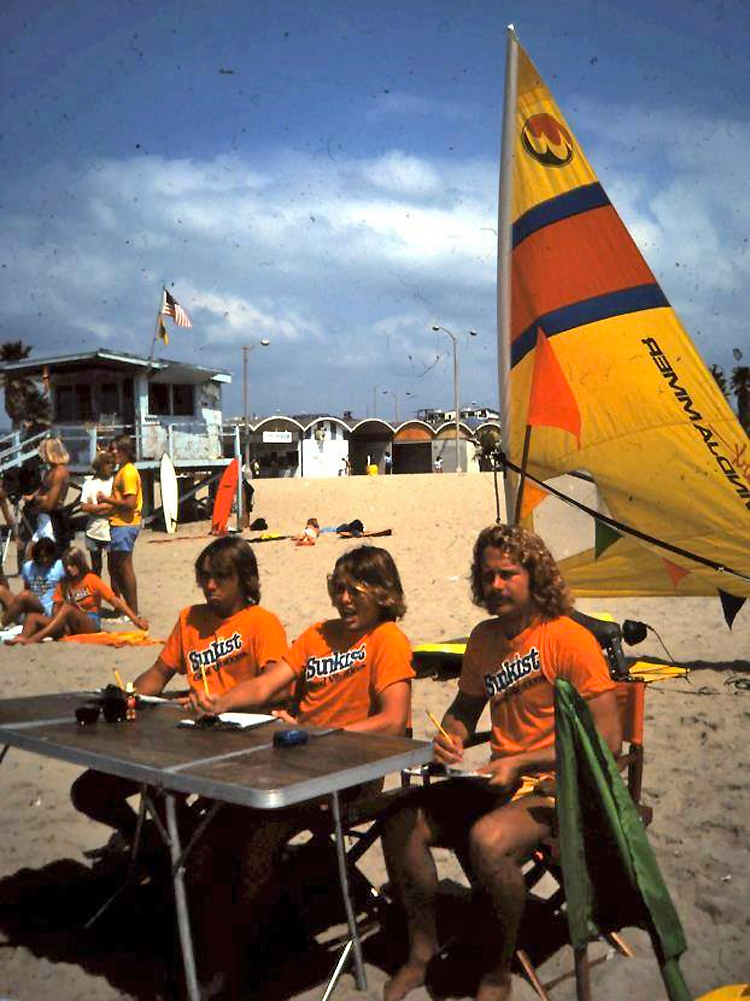
The Recreational Division
“Here’s a couple of things that we did differently. Number one: you didn’t have to be this rider that just wants to compete. I created a division called ‘recreational division’ where you could just go out and try and see if it’s something you like. Try the boards and see if you like it.”
“A lot of people would come up saying ‘what’s going on here?’ and I’d go: ‘want to try it?’ And so we loved having recreational riders out there in a heat.”
“But wise guys out from Santa Monica or somewhere would try to compete in the recreational division to win a trophy and get a board.”
“So, that didn’t last long because if you won the recreational division, you had to bump into a AAA or A division.”
“The judges could see that out there was not a recreational rider just going straight off riding the board. And these youngsters wanted to win, so they showed off.”
“There’s no other contest format I’ve ever seen that did anything like the recreational division. It was hugely popular.”
Professional Judging
“The other thing that was very important to me was to get the best judges.”
“So I hooked up with Chris Granone, and I let him be the head judge, and we were going to have judging clinics, we were going to pay the judges more than most judges, we paid the photographers more in cash because we wanted the best cover shots.”
“We pay them good. We built a separate tent. We had a food tent for the competitors and then we had a food tent for the judges with a waitress or waiter going to the scaffold on both sides of the event, taking them what they wanted, bringing them orange or something to drink because we did not want their eyes off of the event.”
“My whole thing was – if you get into a BIA event, you know that you are going to be a judge that whole 15 or 20 minutes. It was not going to be like: ‘I was over there looking at the chick with the bathing suit walking on the beach.’ No.”
“Our judges were well-known judges – Manny Vargas, Guilherme Tâmega, Pat Caldwell, were all judges of the BIA. And they knew what they wanted to see in the water, so it was very cool.”
“We had the recreational division, and then we had the pro division.
“We paid the judges, and there were some of the events that I’ve gone to where it’s 8 o’clock, and it says 7 o’clock. They couldn’t get it started early, and at 2 o’clock, it was already blown out.”
” I always wanted the best to start riding right at 7 – in punto. Sharp.”
“Then, we could get out of there hopefully before the early blowout in the afternoon, and then we would come back on Sunday up until oneish and do the finals.”
“When we got 200 people, we did two-day events.”
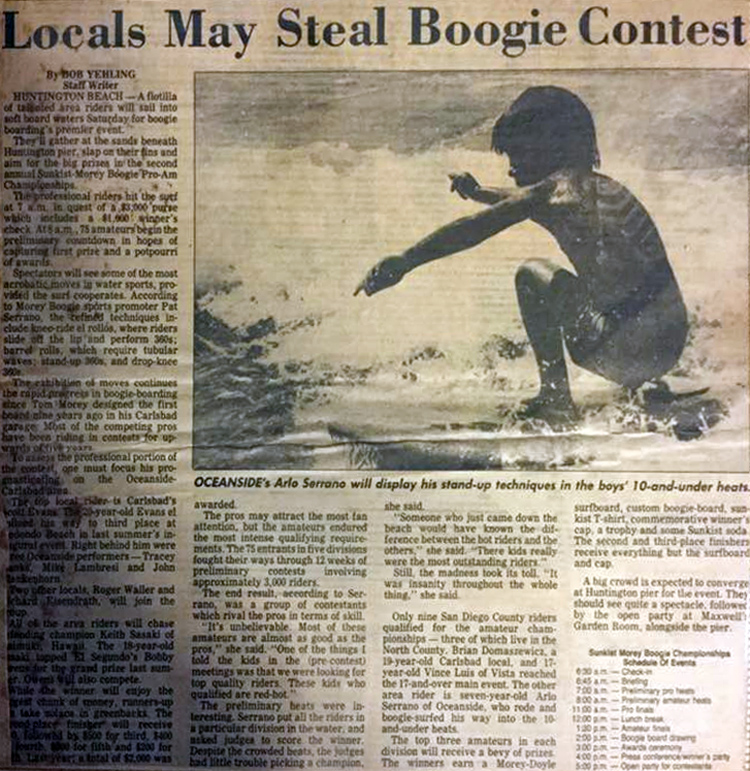
Food For Everyone
“Another thing that was very different in the BIA from other events that I’ve ever been to was that you got fed breakfast and lunch.”
“I decided at the time to just put an extra $5 on the entry fee, and I went to Costco and bought those big bags of solid sugar Cheerios and Froot Loops or whatever they were, put a big gallon of milk out there with some bowls, and these kids would show up on the beach at six o’clock, and have their breakfast.”
“We didn’t have scrambled eggs, but we gave them something.”
“Parents would drop them off, and I used to feel so bad if we were at an event where there’s no food. These kids would go all day without food.”
“So I was committed to breakfast. And then, lunch was always really good.”
“If you’d talk to any of the parents who came down, they really enjoyed that food tent. We would fire up the chili and beans or whatever, and you could have a pretty decent lunch. And so it was always like: ‘what time’s lunch?'”
“I loved shopping for all the food. I loved feeding all the kids. That was one of the best parts of the BIA.”
“I definitely saw it grow at that point. I was doing the magazine, and the BIA and my tax guy told me: ‘you need a motor home to go and get off work and go sleep over there where you’re driving to and then stay there for two days.”
“So, you probably saw the motor home where Patti was sleeping, sometimes as T-Street. And people would ask: ‘how did you get such a great campsite?'”
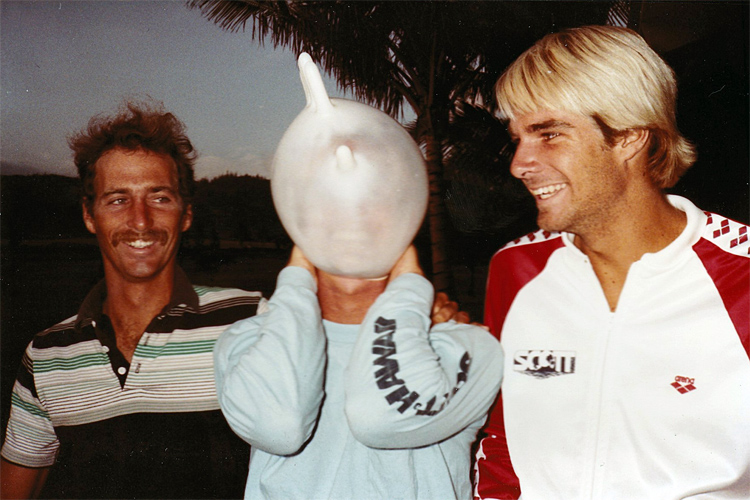
A Growing Snowball
“So, we were getting a lot of riders, and they were working up to the AAA.”
“At the BIA, we had four or five riders who won the AAA; then they’d go pro.”
“So I can honestly say I was proud that the BIA could pay decently. It was not hundreds of thousands of dollars, but you could go home with some money, and you didn’t have to pay that much to be in it.”
“Then, one day, someone came up to me, and this is the part that it’s really important to me because we never got credit for it.”
“One day, someone asked me why are prone riders competing with the drop-knee riders and what was the criteria.”
“‘You’ve got this amazing judging staff – why do we have to compete with them?’ And so that was the day I decided that we were going to go pro drop-knee.”
“The first time anyone ever competed in a drop-knee event by themselves and made money was in the BIA. That was one of the BIA claims to fame.”
“It’s done now all over the place before putting on pro events, but I’m really happy to say that that was one of the things that we did.”
“By that time, BIA riders were in the mag, and we were putting on articles with the BIA all-stars.”
“The BIA logo was similar to the BIM logo. It had the little grid with the circle of the world because our intentions were to go worldwide at some point.”
“I can honestly say that the pro drop-knee was one of the proudest moments because I got drop-knee riders out of the prone divisions.”
“A lot of these people made their money by doing it. They were showing off their boards and their sponsors. It was amazing times.”
“I hit my five-year mark with the BIA, Chris Granone took over, and ran it for years.”
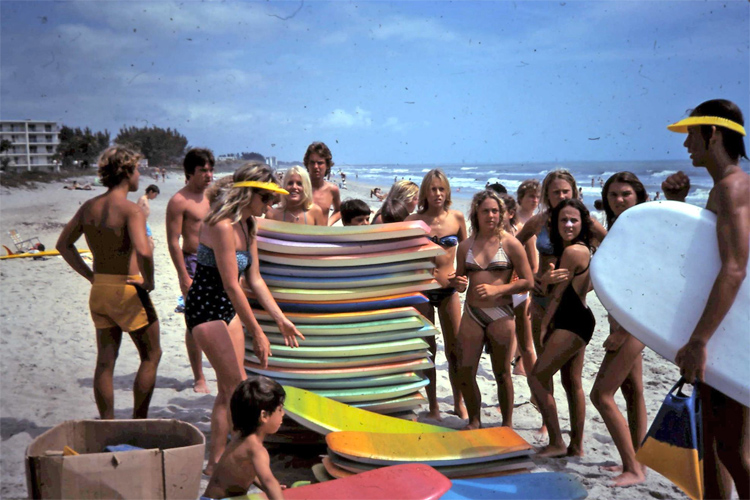
Back to the Roots and Forward to the Future
“Today, pro divisions, strictly pro, leaving the amateurs, the newbies, and the new people out of the equation, is what lost steam in the sport. Believe it or not.”
“You can go to a Nascar race, you can watch the races, and they’re great, but you have the little kids down there doing go-karting and people getting them to driving.”
“We lost it as a sport by losing those recreational riders.”
“Whoever wants to start up again or has an interest in starting up again would be best served to go back and look at how we did Morey Boogie, the BIA, and how we started all these events and crew pretty big.
“Watch how we did it with the smaller, younger kids. That’s where you start. We are 45 years now in the sport. Can you believe it?”
“So, go back to the beach with the little kids, get them stoked, buy boards that keep the business part of it aggregating, and you’ll see a resurgence of the sport.”
“The thrill of seeing people get thrilled is exactly what Tom Morey wanted – to enjoy boogie boarding.”

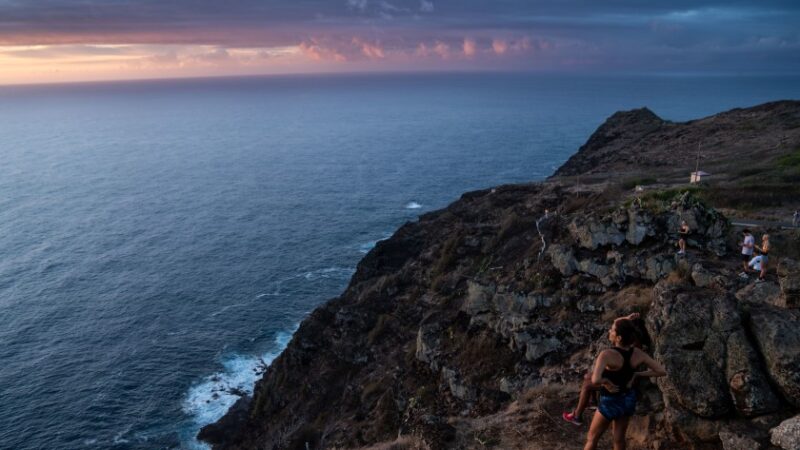
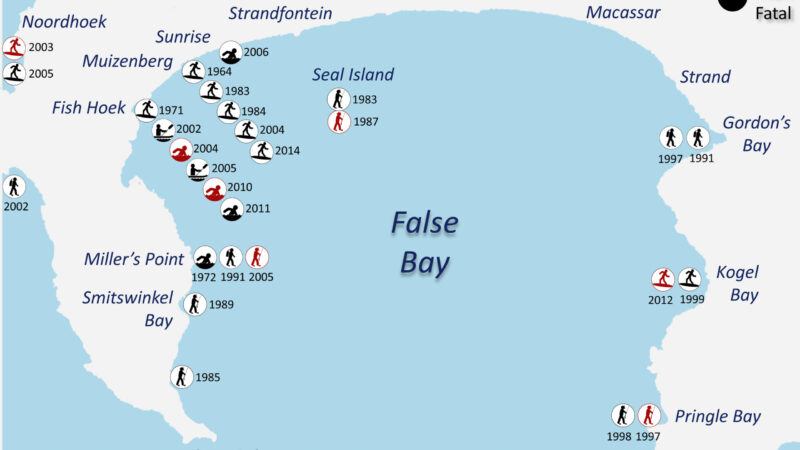

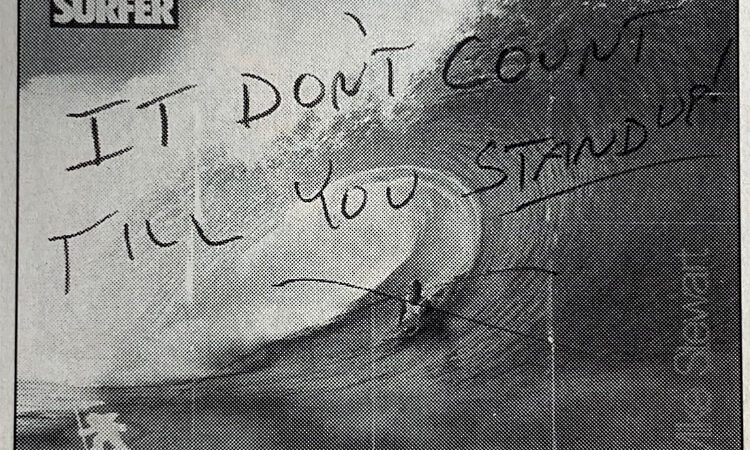
Recent Comments